Tridonic LED drivers

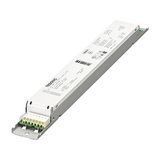
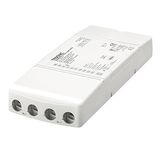

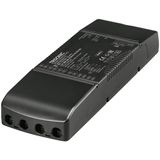
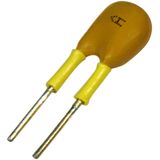
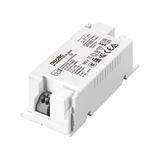
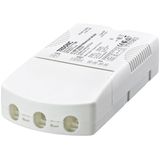

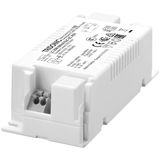
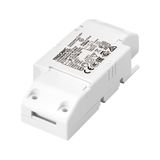
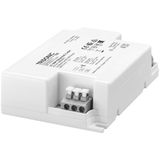
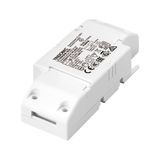

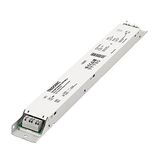
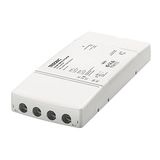

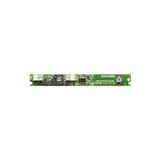
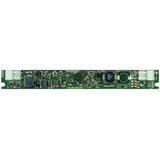
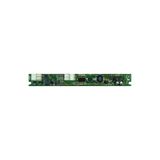


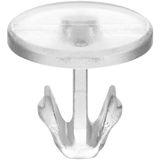
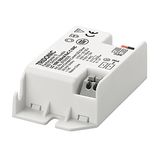

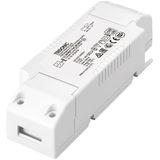






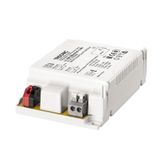

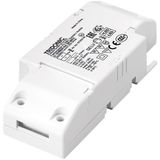
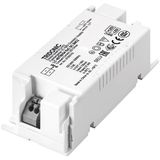

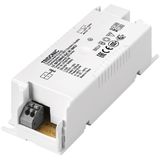
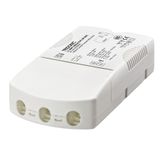
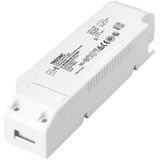


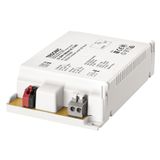
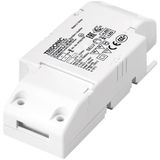




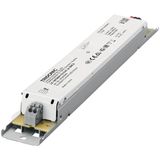
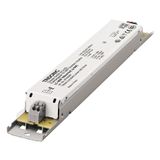
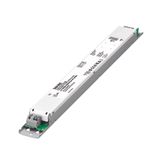
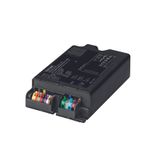

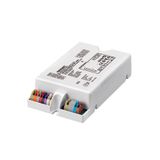


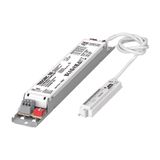


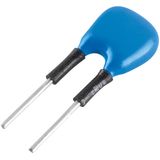
tridonic led drivers brand context and scope
Projects need predictable electrical behavior, clean EMC, and uniform commissioning scripts across floors. Drivers in this class run on 220–240 V AC, PF ≥ 0.95, THD ≤ 10–15 %, and deliver constant-current outputs with wide windows (typically 100–1500 mA, up to ~60 V SELV). Inrush is documented for MCB/RCBO selection; surge protection sits at 2–4 kV L-N as standard. Flicker metrics are available where specified (PstLM ≤ 1.0, SVM ≤ 0.4). For estates that standardize parts, tridonic led drivers let teams keep connectors, address maps, and label sets consistent from submittal to handover. LED driver selection is the part of the lighting spec that determines whether luminaires stay stable under real conditions: heat, voltage variation, frequent switching, and long operating hours. For broad retrofit work where installers need a practical baseline that matches common constant-current or constant-voltage requirements without procurement complexity, many start with zext led drivers. In decorative and architectural installations where drivers must fit neatly inside compact housings and keep output clean and consistent, specifiers often include viokef led drivers. For projects that pair lighting electronics with premium interior hardware and require disciplined integration across visible spaces, buyers frequently add vimar led drivers. For routine maintenance where facilities want dependable replacements that match typical luminaire specs and keep service time low, many teams rely on thorgeon led drivers. And when the goal is stable performance and repeat availability across mixed installations—so the same driver spec can be reordered months later without changing behaviour—procurement often completes the portfolio with sylvania led drivers.
tridonic constant current drivers range overview
Linear, panel, downlight, and high-bay families share housings from slim 16–21 mm to deep canopies with strain-relief. Output setting is via NFC, dip-switch, or software, with ±1–2 % current accuracy and thermal fold-back to stay under tc. Corridor-function and emergency changeover inputs appear on selected models. Typical ambient is −20…+50 °C with tc up to 80–90 °C depending on wattage. When specifying tridonic constant current drivers, align output windows with LED board Vf so headroom remains at cold start without wasting efficiency.
tridonic dimmable led drivers technical specifications
Interfaces cover DALI-2 (DT6), push-dim, 1–10 V, and wireless gateways where the job mandates cable-free control. Dimming is smooth to 1 % on the right engines; fade times and groups are programmable. Electrical compliance anchors include IEC/EN 61347-2-13 and IEC 62384; EMC per EN 61547; harmonics per EN 61000-3-2/-3-3; luminaire context per EN 60598-1. SELV isolation PRI-SEC is maintained with reinforced insulation and ≥ 4 mm creepage in standard ta. Use tridonic dimmable led drivers where scene control and daylight-linked savings are part of the brief, and publish fallback states for BMS.
tridonic power supply units applications and compatibility
Retail ceilings, open-plan offices, education, and logistics aisles benefit from repeatable driver behavior: identical inrush data, loop-through options, and connectors that fit existing gear trays. Emergency readiness is baked in on compatible types, exposing test objects to DALI-2 gateways for function/duration routines. For plant rooms and dusty zones, IP-rated remotes keep heat away from optics. Teams deploying tridonic power supply units should confirm max LED lead length, shield termination (360° at gland plates), and SELV/mains segregation in the panel.
tridonic led driver modules integration with other products
Control trees remain tidy when sensors, drivers, and emergency kits share one ecosystem. Gateways map groups/scenes, DT8 tunable-white sits alongside DT6 without address conflicts, and battery inverters use the same indicator cut-outs. Document the current setpoint, DALI short address, and tc location on drawings so maintenance can swap like for like. On mixed platforms, adapter harnesses preserve polarity and PE continuity. Spec tridonic led driver modules together with matching LED boards to lock efficacy and CCT stability across phases.
tridonic lighting control drivers selection for B2B clients
Start with the photometric target and board Vf/If, then choose the control interface and dim floor. Check: output range and resolution, inrush (A²s) vs MCB type, surge level, ambient/tc, UL94/glow-wire where relevant, and connector family. For refurb programs, keep body lengths consistent to avoid re-drilling trays. Declare max fittings per 10 A/16 A circuit at 230 V and publish strip lengths and torque windows. Where central monitoring is required, pick tridonic lighting control drivers with energy and status objects exposed to BMS.
tridonic electronic ballasts advantages of working with Bankoflamps
Large rollouts live on logistics as much as specifications. You get project-specific pricing, near-hour quote turnaround by EAN/MPN, and live EU stock before lifts or night shifts are booked. The portal shows lead times, shipment tracking, and downloadable price lists with validity periods you can plan against. Trusted clients can use post-payment up to 30 days. We consolidate room-bundled consignments so drivers, sensors, emergency kits, and brackets arrive together, and your account manager cross-checks currents, optics, IP/IK, breaker tables, and EMC notes against drawings—keeping installations site-ready across France, the Baltics, Germany, Spain, Italy, Belgium, and the Netherlands. For legacy upgrades, tridonic electronic ballasts references in our database help map 1:1 replacements or LED conversions with minimal re-engineering.